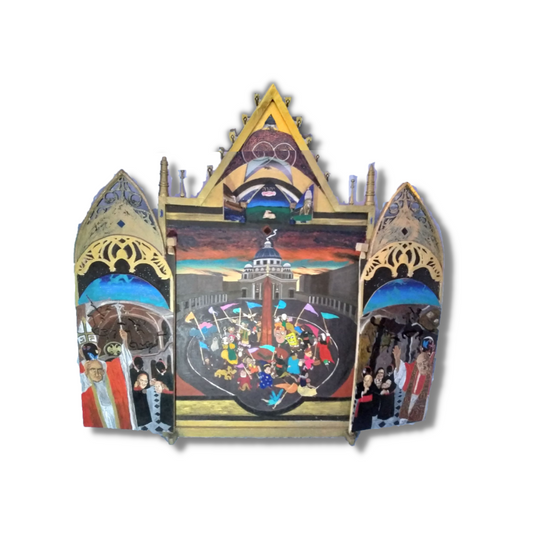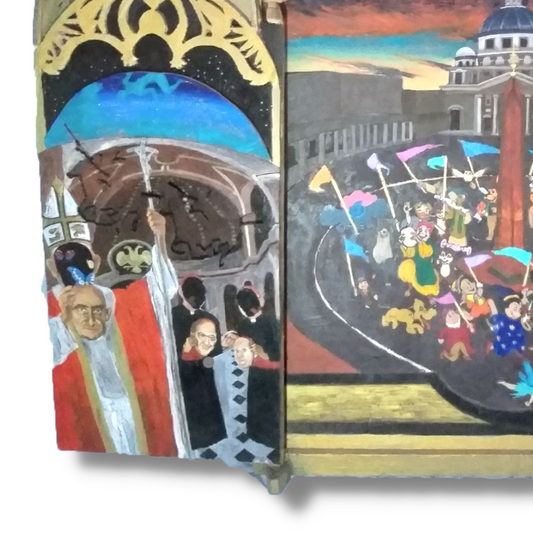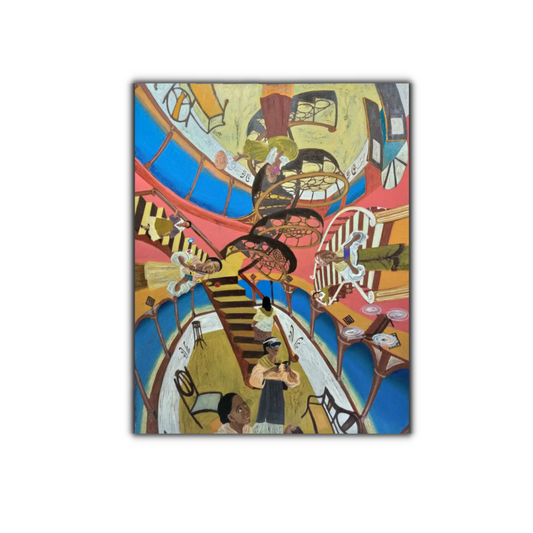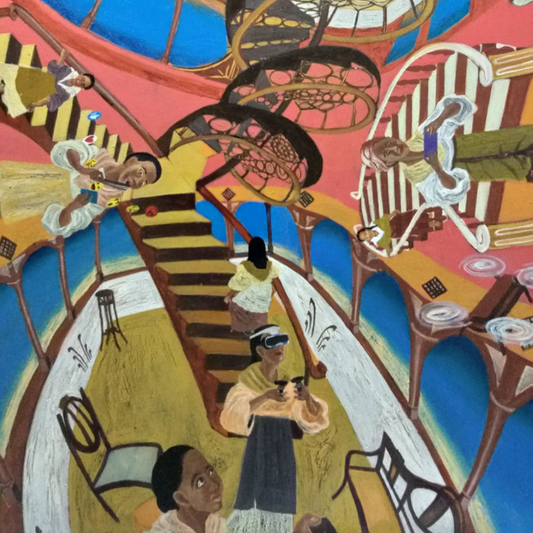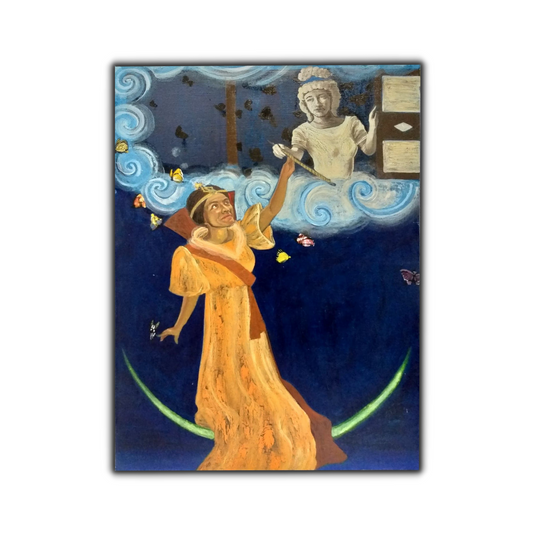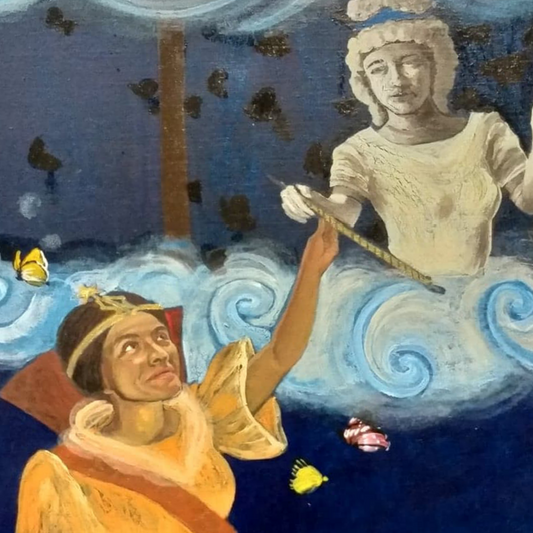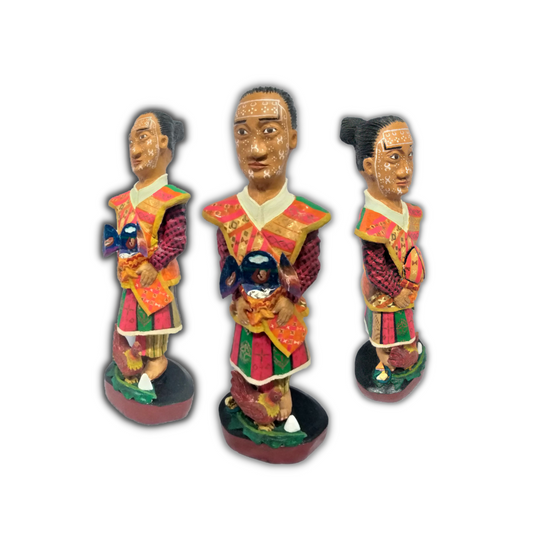Collection: Viejo Y Nuevo: Indemnify the Indio by William Gaudinez | Solo Exhibition | Apr 2021

William Gaudinez graduated from University of Santo Tomas with a degree in Advertising. Known for his handcrafted retablos sculpted in hardwood, he resurrected the inlaying tradition of carabo bone, mother of pearl, stone, coconut and capiz shells including Philippine hardwood and metal. His understanding and dedication to Filipino folk art and culture has won him residencies and exhibits in countries such as the US, France, Greece, Australia, and South Korea. Recently, he was awarded the Patnubay ng Sining at Kalinangan Award for Sculpture in celebration of the 440th year of the City of Manila.
After the arrival of the Juan Sebastian Elcano ship in Cebu for the 500th year of the world's first circumnavigation by the Portuguese explorer Ferdinand Magellan, discussions on the Spanish rule in the Philippines that spanned for more than 300 years rose from our ancestral graves and flowed through our native ears. The seemingly harmless event for commemoration abruptly reminded us of the course of colonial history we unwillingly accepted (due to brute force and confusion), but we continue to modify now.
The Spanish deformed our pre-colonial regard of the Filipino to that which resembles and looks up to their identity. Most of our founding families then were called "Indios" in that confusing past. Named with that word alone, probably compensated by related titles such as "Ilustrados," "Insulares," and "Peninsulares," our rulers ripped off the originating narratives that make us a nation. This removal of our identity indeed calls for a continuous reclamation. Whatever we have completed in our past ultimately affects how we navigate the future. However, what is our national chronicle if we do not remember? We must first look back to sail forward.
Through the various works of William Gaudinez, a Patnubay ng Sining at Kalinangan Awardee for Sculpture in 2011, the Grey Space PH Art Gallery encourages viewers to identify with the old ("Viejo") to shape the new ("Nuevo") Filipino. In that recalling and reforming of individualities, the audience can then indemnify the Indio for their identity loss - which is, of course, also ours. What can we tell them of the Filipino now?
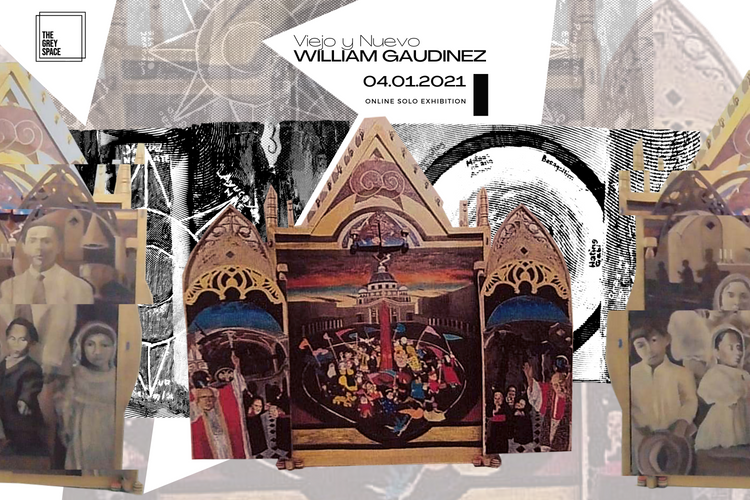
-

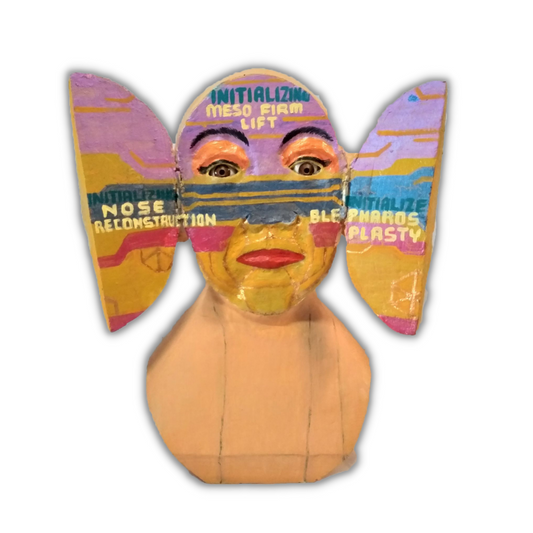 Sold out
Sold outAng Makabagong Retoke
Regular price ₱56,000.00 PHPRegular priceUnit price / per -
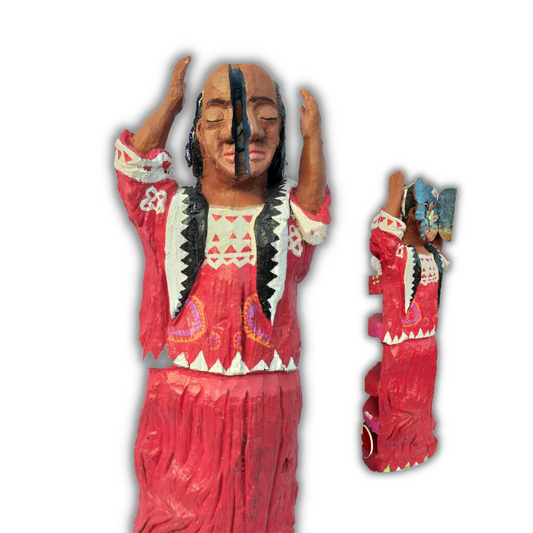
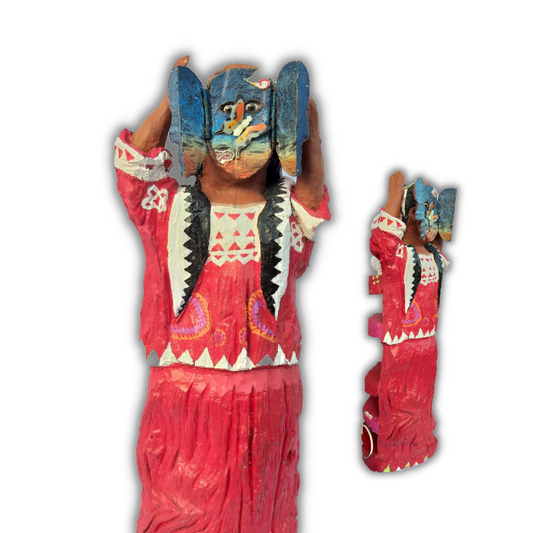 Sold out
Sold outAng Huling Binukot
Regular price ₱63,000.00 PHPRegular priceUnit price / per -
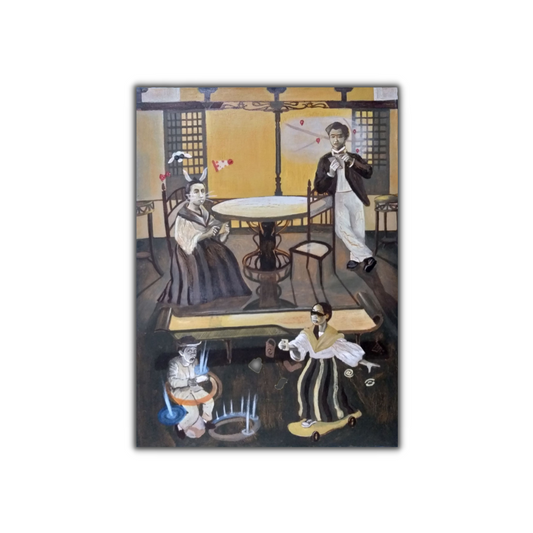
 Sold out
Sold outAng Babala
Regular price ₱112,000.00 PHPRegular priceUnit price / per -

 Sold out
Sold outAng Makabagong Libangan
Regular price ₱56,000.00 PHPRegular priceUnit price / per -

 Sold out
Sold outAng Pagtukso Kay Luzviminda
Regular price ₱42,000.00 PHPRegular priceUnit price / per -

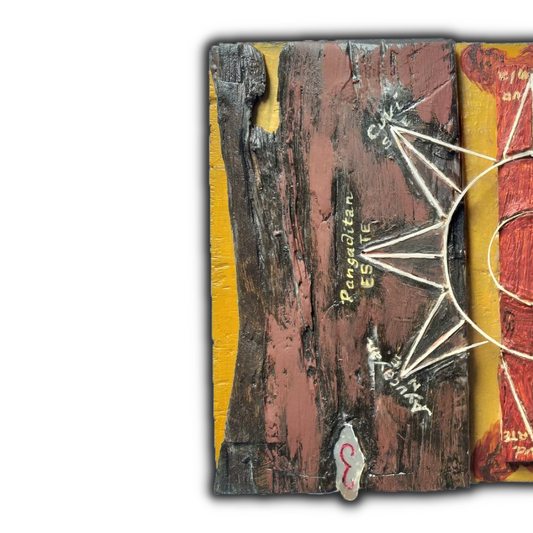 Sold out
Sold outAng Ihip Ng Hangin Ng Mga Ivatan
Regular price ₱28,000.00 PHPRegular priceUnit price / per -
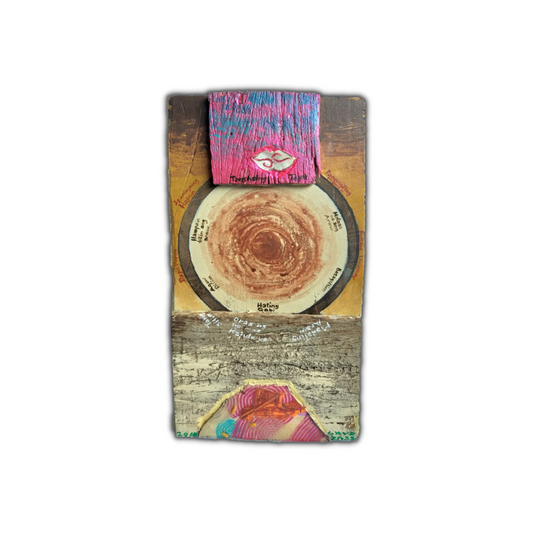
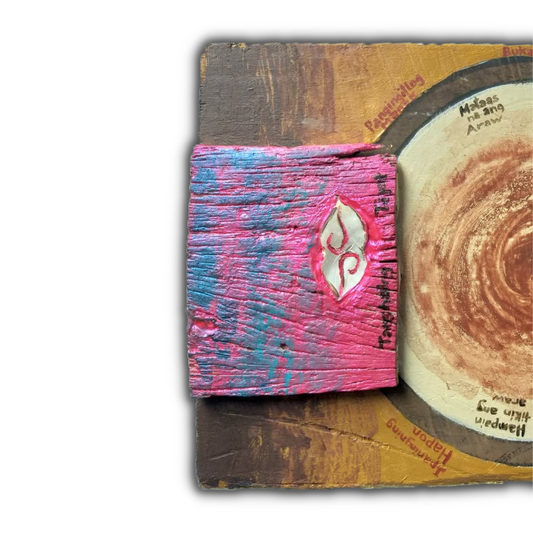 Sold out
Sold outOrasang Pilipino
Regular price ₱28,000.00 PHPRegular priceUnit price / per -
Ang Bangungot Ng Novus Ordo Saeculorum
Regular price ₱119,000.00 PHPRegular priceUnit price / per -

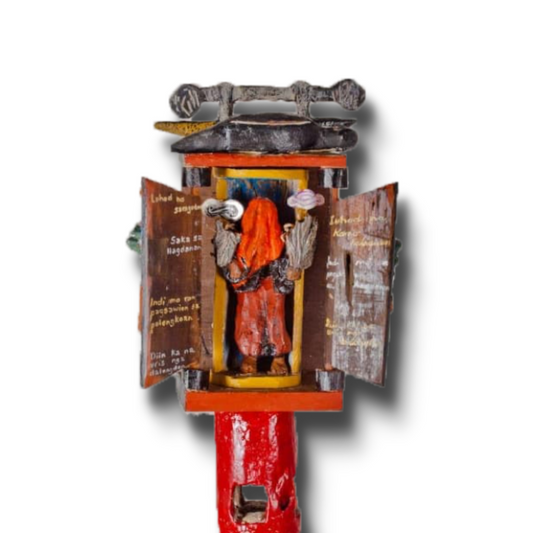 Sold out
Sold outGabay Ng Babaylan
Regular price ₱119,000.00 PHPRegular priceUnit price / per -
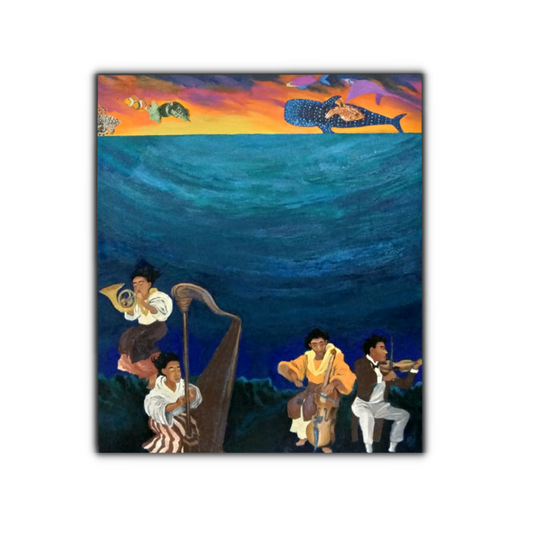 Sold out
Sold outUnderneath The Brown Symphony
Regular price ₱42,000.00 PHPRegular priceUnit price / per -
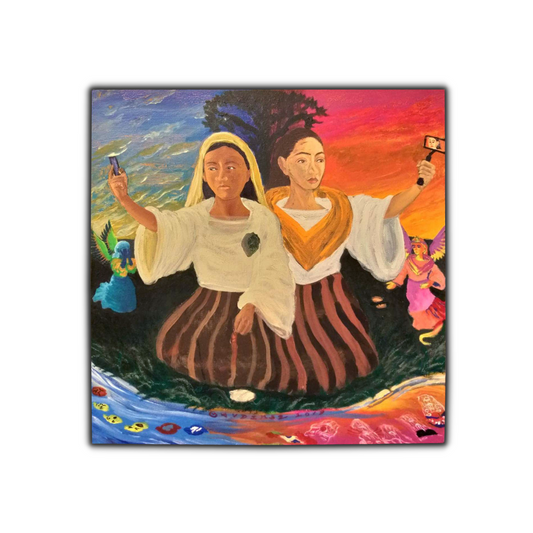
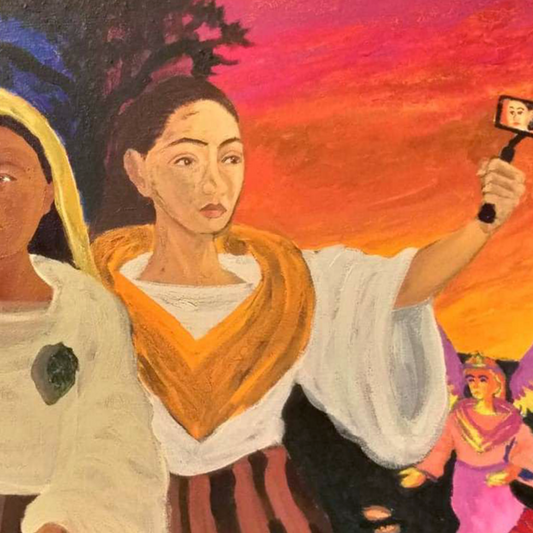 Sold out
Sold outAng Kambal
Regular price ₱42,000.00 PHPRegular priceUnit price / per -

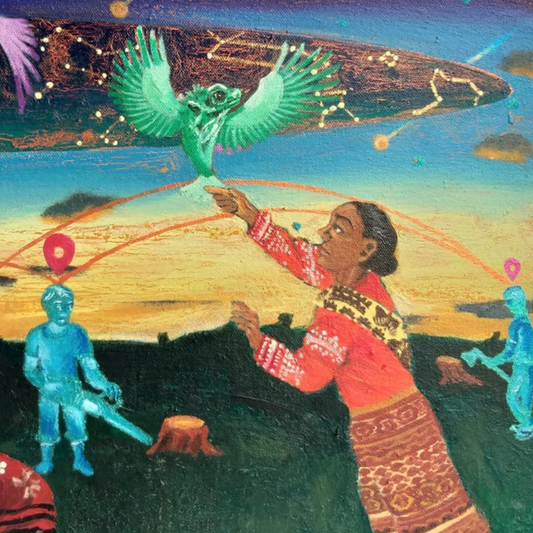 Sold out
Sold outAng Pangitain
Regular price ₱28,000.00 PHPRegular priceUnit price / per -
Ang Sinungaling Na Apat Na Sulok Ng Mundo
Regular price ₱112,000.00 PHPRegular priceUnit price / per -
Ang Reyna Ng Karnabal Ng Tagpi-Tagping Pangarap
Regular price ₱49,000.00 PHPRegular priceUnit price / per -
Ang Pag-sisilang Ni Yakan Saadiya Dayang
Regular price ₱63,000.00 PHPRegular priceUnit price / per -
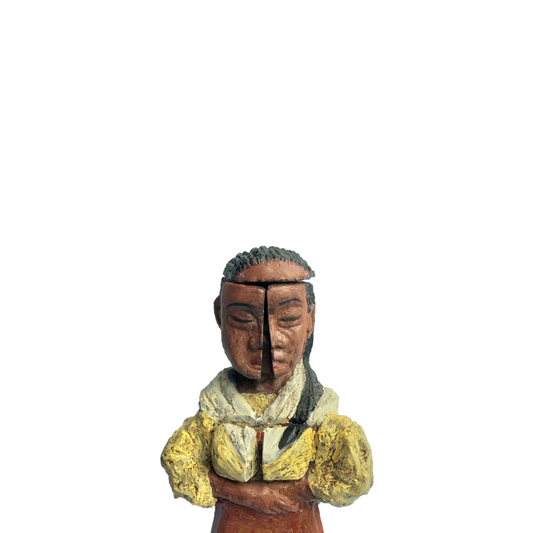
 Sold out
Sold outAng Kalooban
Regular price ₱49,000.00 PHPRegular priceUnit price / per















